10 iconic iPhone features we've lost
Pouring one out for iPhone features of old
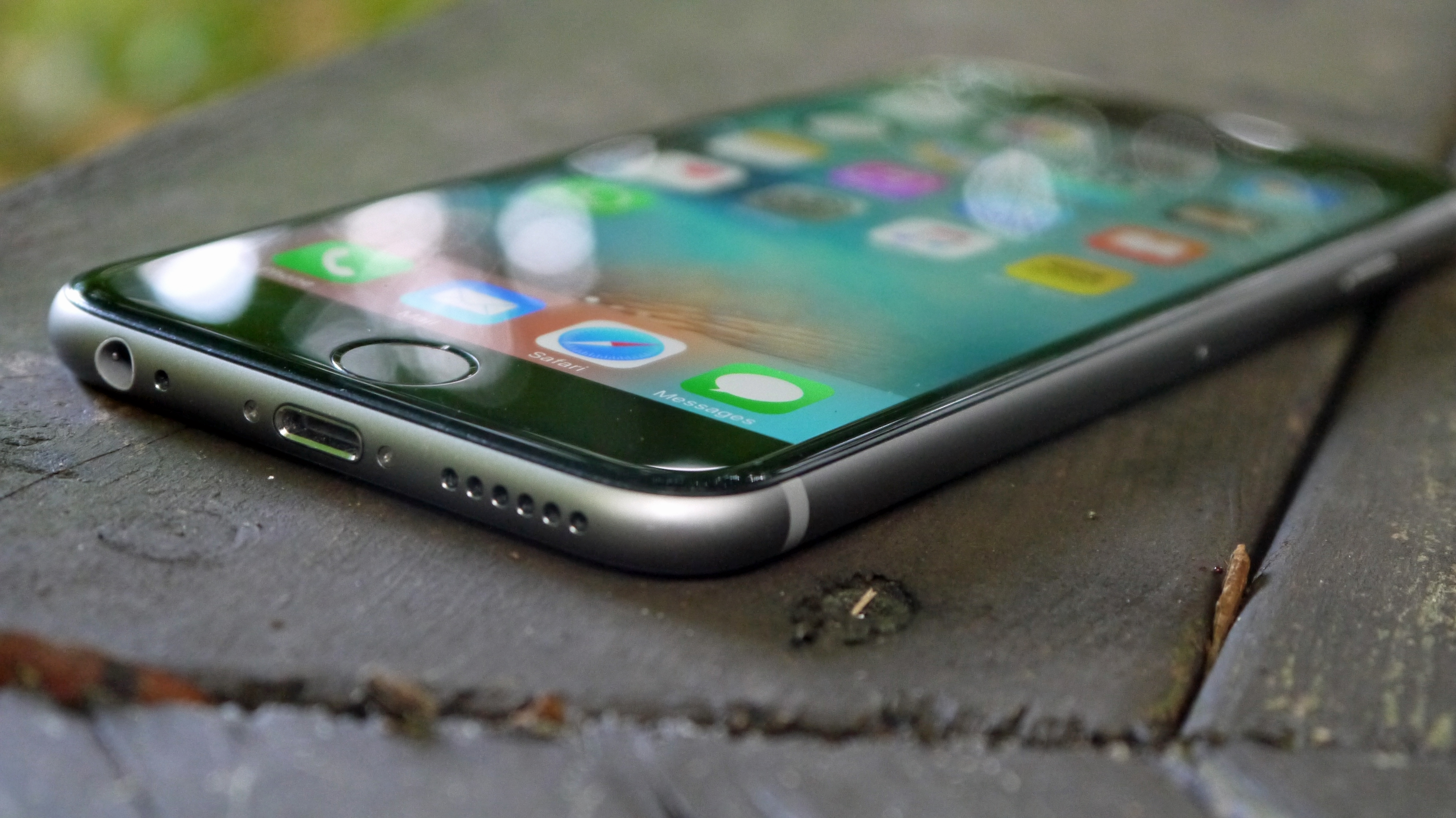
The iPhone. It's an iconic device which is often credited with the birth of the modern, touchscreen smartphone back in 2007. Apple's wildly popular mobile has seen many incarnations over the years, with features coming and going – but can you remember all the features the iPhone used to have?
In a world where the likes of the iPhone 11, iPhone 11 Pro, and iPhone 11 Pro Max have refined and redefined what people think of when the word ‘iPhone’ is mentioned, it’s easy to forget what the iPhone, iPhone 3GS, iPhone 5 and all the other early models offered.
Ahead of the iPhone 12, we’ve taken a trip down memory lane and racked our brains to recall the once-defining iPhone features that are no more. Sure, we got a little sentimental writing this, and a few tears were shed, but this is also a celebration of just how far we've come… and, if we're honest, how many aspects of the old phones linger in the mid-range iPhone SE 2020, a phone that – chipset and software aside – is majorly stuck in time.
But as the flagship models continue to embrace a design of full-screen, glass-front-and-back, Face ID-only verification phones, the following flourishes remain a treasured memory for the early days of the iPhone...
1. Skeuomorphism
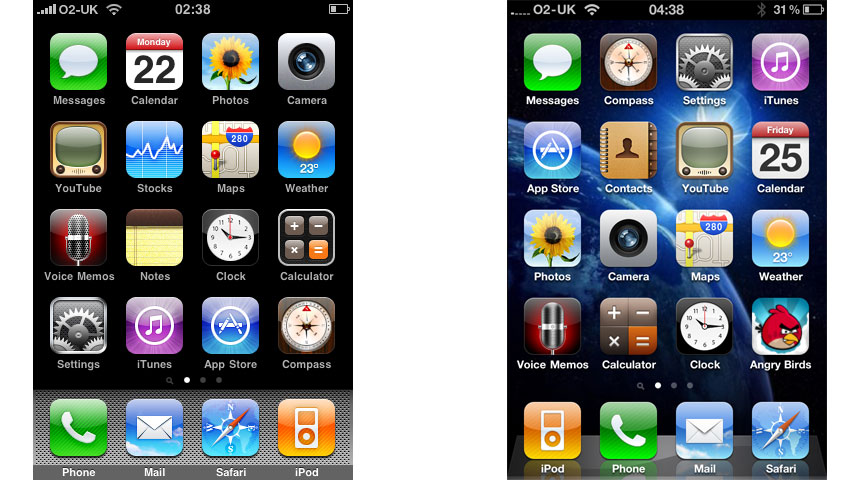
First appeared: 2007, iPhone OS 1
Last appeared: 2012, iOS 6
Sir Jony Ive's skeuomorphism iOS interface defined the early years of iPhone, with literal icons for pretty much everything providing a unique – and at times, a little confusing – aesthetic.
It quickly become a firm favorite with many Apple fans, and when Apple drastically overhauled the look and feel of its interface with iOS 7 in 2013 there was uproar from media and fans alike.
Get daily insight, inspiration and deals in your inbox
Sign up for breaking news, reviews, opinion, top tech deals, and more.
However, as with most changes in the tech world, skeuomorphism was forgotten after a year or so, and the new-look iOS was embraced as the iPhone norm.
2. 30-pin connector
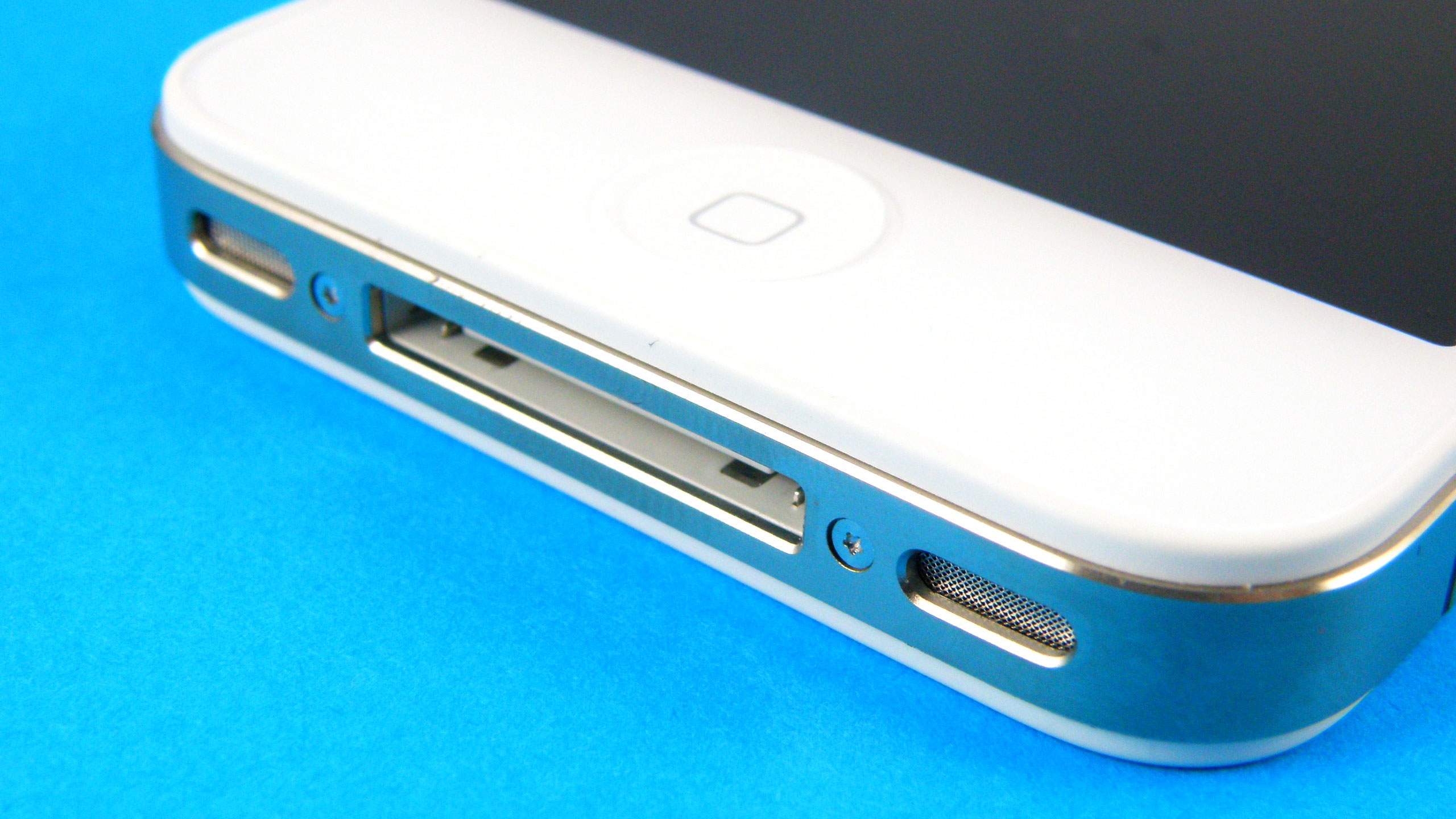
First appeared: 2007, original iPhone
Last appeared: 2011, iPhone 4S
While the original iPhone boasted this connection, it wasn't new for the first Apple phone. Brought over from the firm's iPod range, the 30-pin connector will live long in the memory for anyone who purchased any form of iPhone or iPod dock/speaker/stereo in the early 2000s.
The port allowed easy docking for your iPhone (or iPod), allowing it to stand up with a strong base. However, it was also a wide port, and took up a lot of valuable space in the confined form factor of a smartphone.
So it was no surprise when Apple introduced us to Lightning, its answer to microUSB, offering the ability for the user to insert a cable either way round – a feature USB-C mimicked a few years later.
However, while Lightning had many advantages over the 30-pin port, its thinner form factor meant it was more delicate, which in turn lead to the death of the dockable speakers and other accessories.
3. Plastic bodies
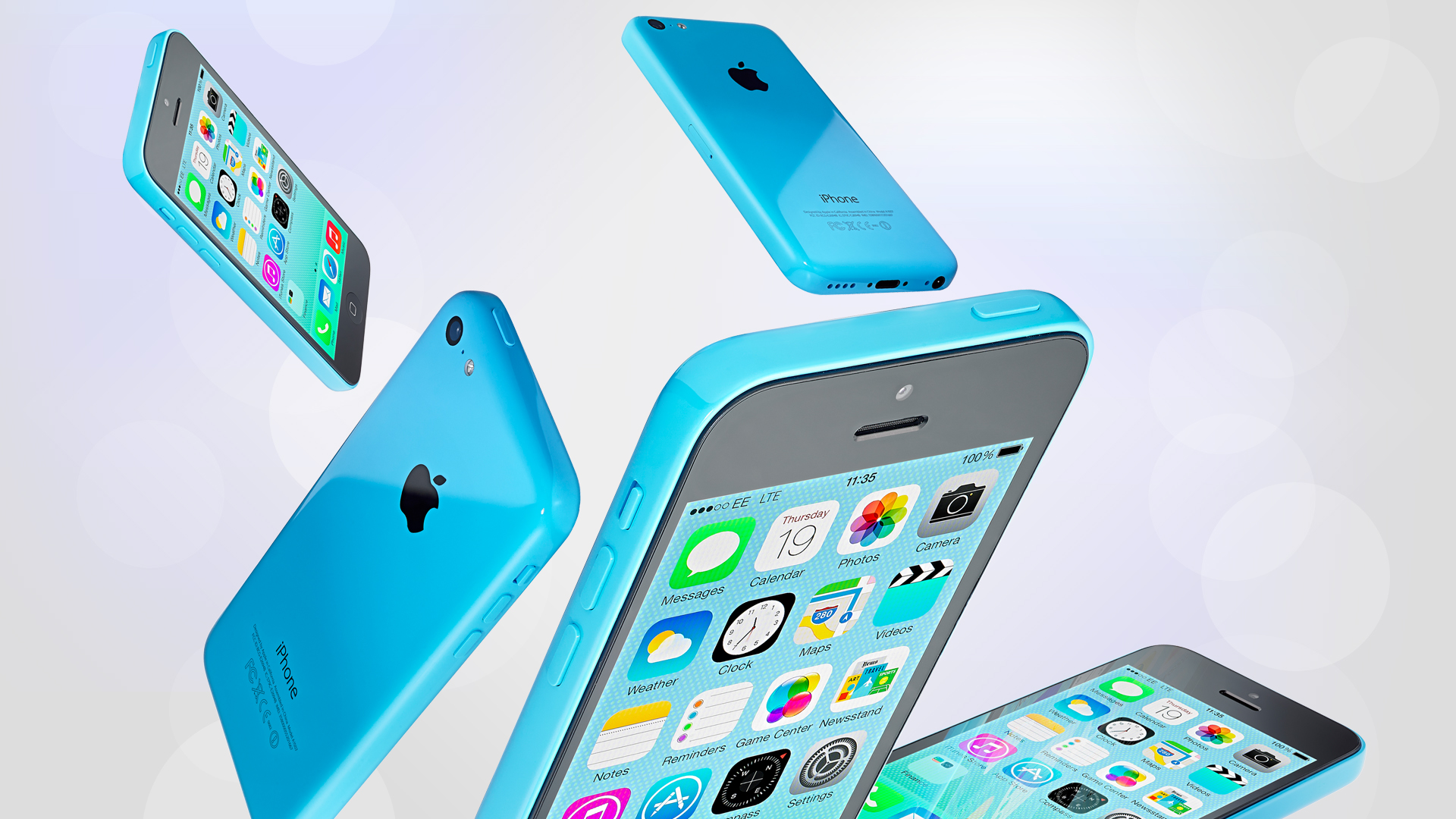
First appeared: 2007, original iPhone
Last appeared: 2013, iPhone 5C
Plastic is cheap, lightweight and highly moldable, making it a fantastic material for smartphones, and, hard though it may be to believe in today's all-glass world, iPhones once used it extensively.
The rear of the original iPhone was around one-fifth plastic, while both the iPhone 3G and iPhone 3GS fully embraced plastic bodies.
Plastic (or polycarbonate, to be more exact) reappeared with the iPhone 5C in 2013 – but that was the final time it was used, with Apple choosing not to reboot the 'C' variant of its phones.
4. Flat steel frame
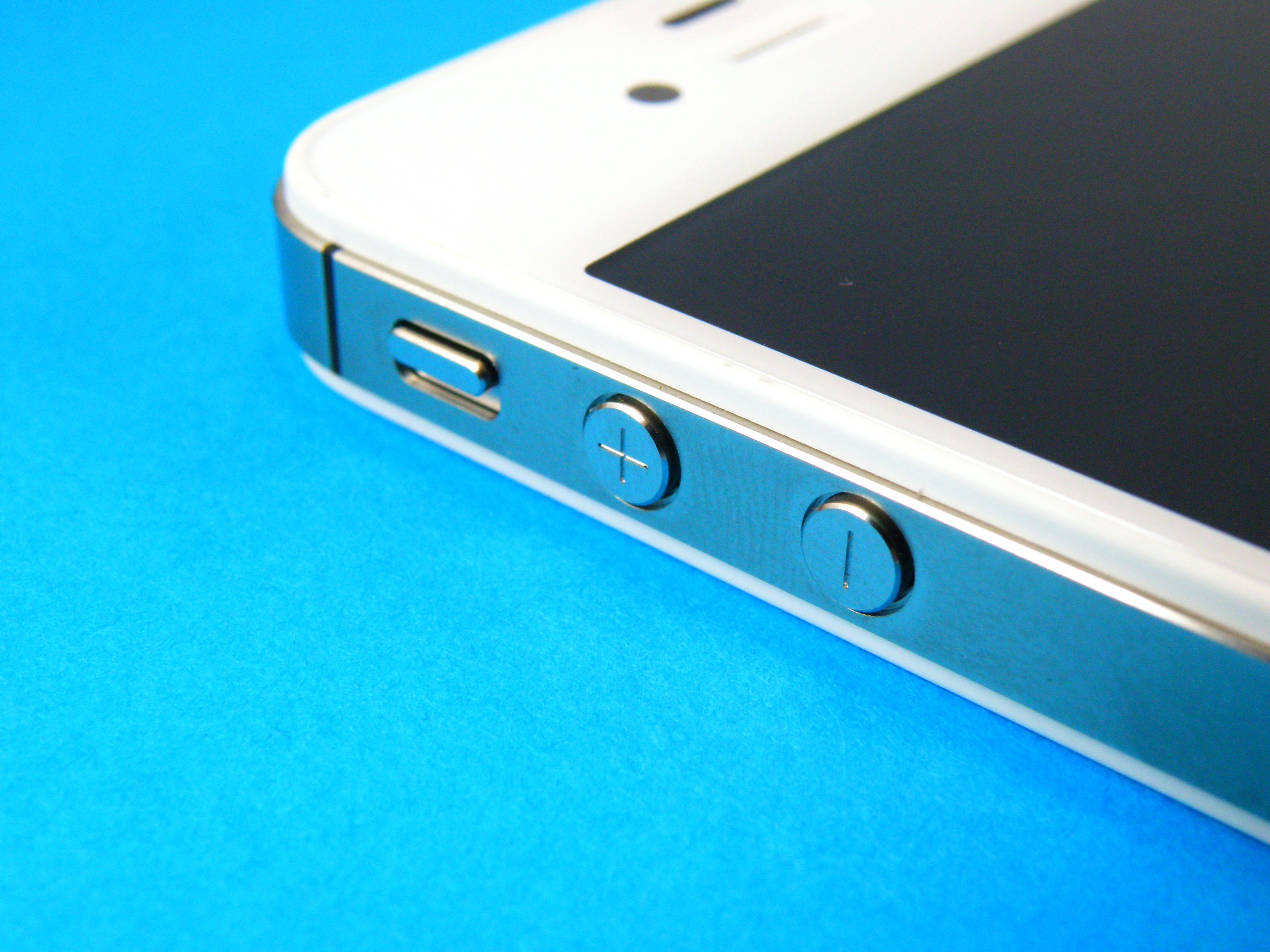
First appeared: 2010, iPhone 4
Last appeared: 2016, iPhone SE
The iPhone 4 hit the market with a bold new Jony Ive-styled look: instead of rounded aluminum edges, the newest Apple flagship phone introduced a stainless steel frame with flat edges. It was futuristic and utilitarian, simplifying the silhouette and ushering in an era of rectangular iPhone simplicity that lasted until the original iPhone SE (2016) was discontinued in 2018.
The rounded edges returned in the iPhone 6 and have continued to this day, but we miss the bold edges and large, circular volume buttons of the steel-edge heydey. It's no surprise that this nostalgia overlaps with fondness for smaller form-factor iPhones, making this steel-and-glass combination feel like the compact phone of the future.
Alas, the rounded iPhones have only sprawled in size since then – though the third generation of iPad Pro (2018) models adopted the flat-edged metallic design of the iPhone 4, leaving us hopeful that it could return to the next flagship iPhones. And if you believe the rumors, flat edges are in store for the iPhone 12 Pro Max...
5. Game Center app
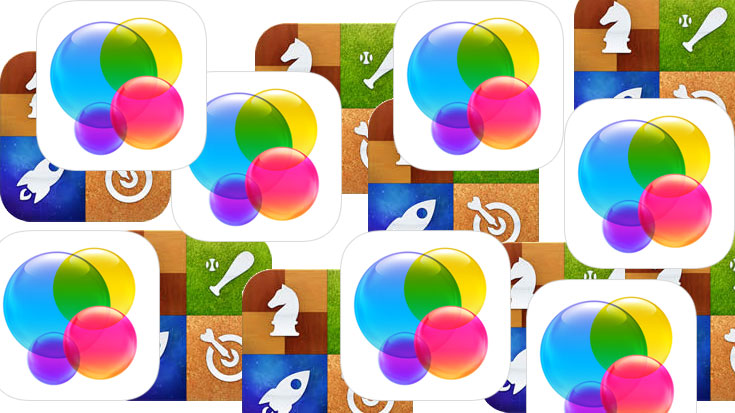
First appeared: 2010, iOS 4.1
Last appeared: 2015, iOS 9
The launch of iOS 4 brought a host of new features to Apple’s mobile operating system, and one of those was Game Center (which actually landed with the 4.1 update).
It made gaming on your iPhone more competitive, allowing you to go head-to-head with friends to see who could unlock the most achievements.
The Game Center app was removed for the operating system with the iOS 10 update; however, the functionality lives on. If you head into Settings on your iPhone and scroll down you’ll notice Game Center is still an option.
6. Aluminum bodies
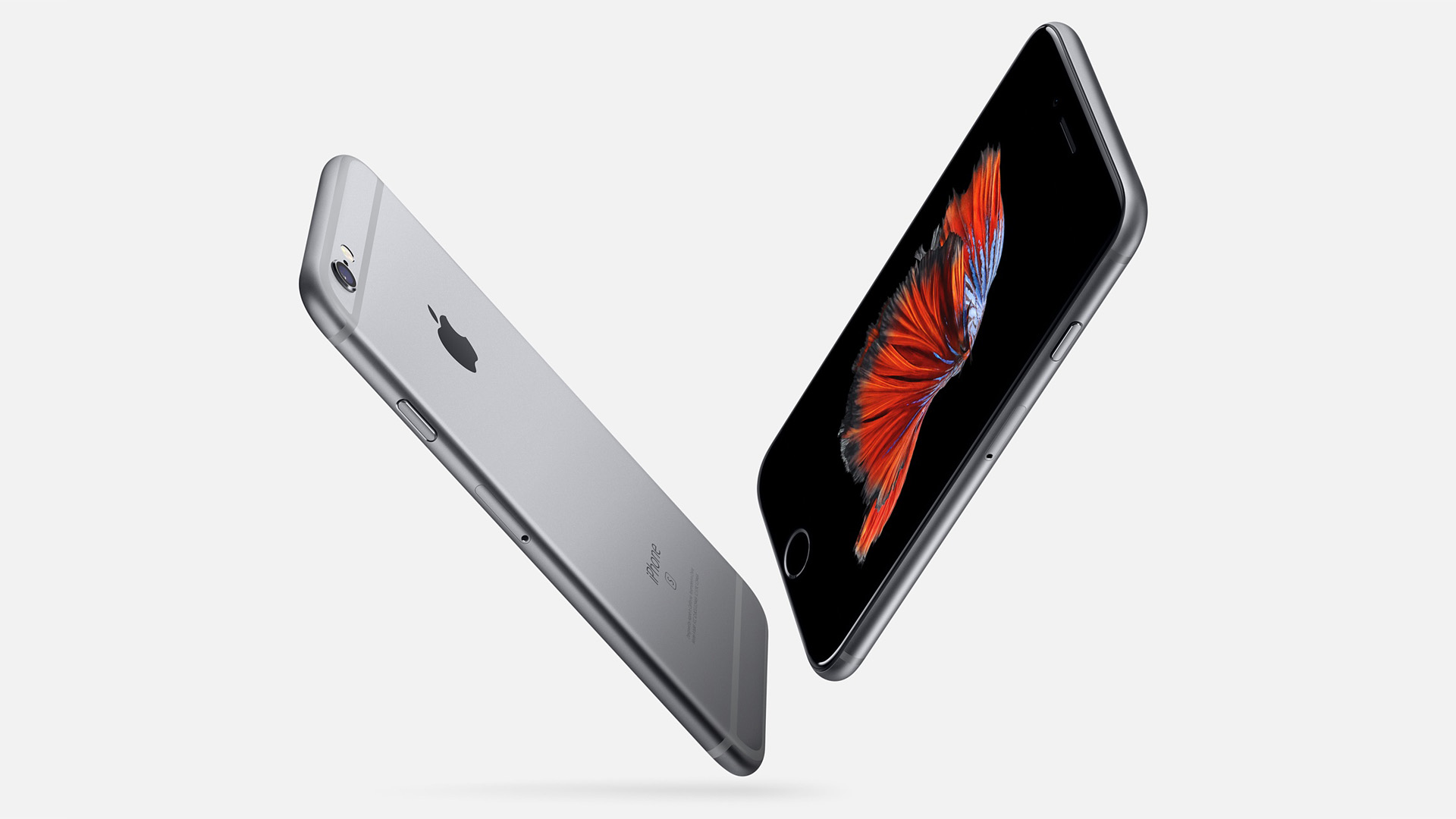
First appeared: 2007, original iPhone
Last appeared: 2016, iPhone 7 and 7 Plus
The very first iPhone featured a mostly aluminum rear, but it wasn’t until the iPhone 5 in 2012 that Apple properly adopted the metal as its material of choice for iPhones.
It was tough and, more importantly, premium in look and feel, helping to give iPhones the signature style that made them among the most desirable consumer products. However, the mobile market shifted, and glass became the new in-thing.
Apple didn't embrace the all-glass finish to start with, but it finally came around in 2017 with the introduction of the iPhone 8, 8 Plus and iPhone X.
7. Headphone jack
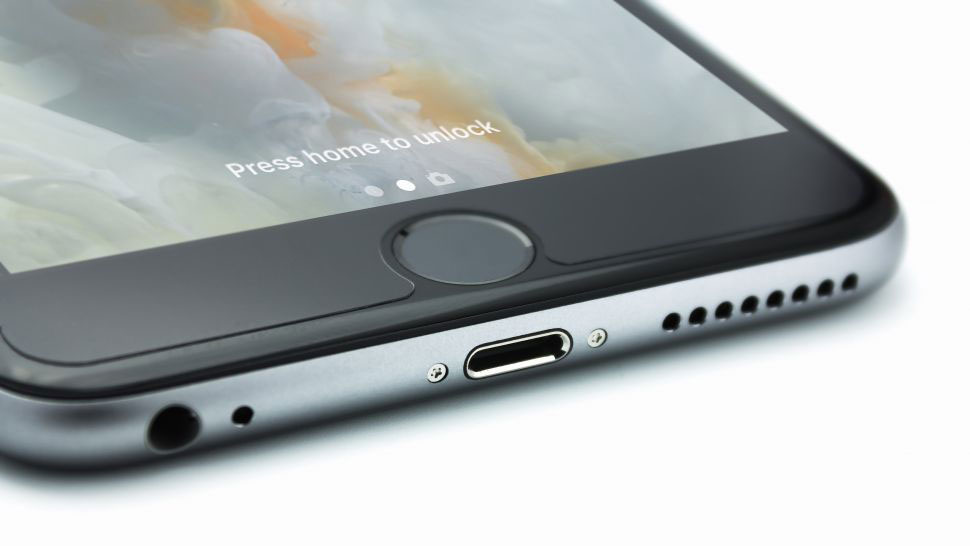
First appeared: 2007, original iPhone
Last appeared: 2016, iPhone 6S and 6S Plus
Potentially the most contentious feature removal by Apple (although the switch from 30-pin to Lightning ruffled a lot of feathers at the time) is the removal of the headphone jack from the iPhone range.
It was rumored for months in the build-up to the launch of the iPhone 7 and 7 Plus, and a handful of Android phones had already taken the step without causing much of a stir.
However, when Apple dropped the jack in 2017 the world sat up and took notice, and while for some the decision is still a cardinal sin even today, Apple and most of the Android market have now reached a consensus that it's time to move away from the trusty 3.5mm connection.
8. Physical home button
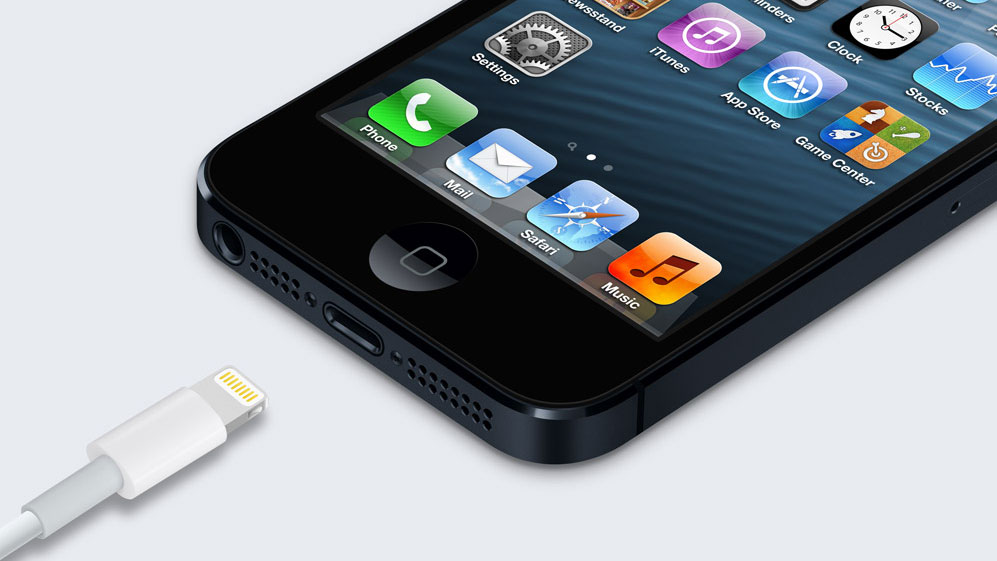
First appeared: 2007, original iPhone
Last appeared: 2015, iPhone 6S
A staple of the iPhone from day one, the iconic circular home button gave Apple's handsets an instantly recognizable look.
However, having a sizable, physical key on a phone took up vital internal space, and in 2016 Apple introduced a new type of home button.
The capacitive button acted like the physical button, using haptic feedback (vibrations) to give the effect that it was physically being depressed, even though there were no moving parts.
However, little did we know at the time that the writing was already on the wall for the new button...
9. Capacitive home button

First appeared: 2016, iPhone 7
Last appeared: 2020, iPhone SE 2020
Okay, technically the new iPhone SE 2020 has resurrected the capacitive home button – but given the phone essentially inherits its entire casing and feature set from the iPhone 8, the new phone doesn't so much bring back the home button as bring it out of mothballs because Apple had some on hand.
As a feature on a flagship device, the touch-sensitive key made its final appearance on the iPhone 8 and 8 Plus in 2017, just a year after its introduction, with Apple shifting to a gesture-based navigation system.
With the shift to all-screen displays it’s unlikely the home button will ever make a comeback on a flagship phone, but its 10-year reign as one of the iPhone’s most recognizable features won’t be forgotten.
10. Chunky bezels

First appeared: 2007, original iPhone
Last appeared: 2017, iPhone 8 and 8 Plus
Almost as iconic as the home button once upon a time were the chunky bezels above and below the displays on iPhones. Of course, these have also been resurrected in the iPhone SE 2020, but they're long gone on the latest iPhone flagships.
The uniform look ensured that Apple's handsets stood out, although many lookalike devices were crafted by rivals over the years.
However, as screen sizes on Android phones continued to grow, Apple finally ditched the bezels in 2017 with the introduction of the iPhone X, while also giving us the final phones to rock the look – the iPhone 8 and 8 Plus.

TechRadar's former Global Managing Editor, John has been a technology journalist for more than a decade, and over the years has built up a vast knowledge of the tech industry. He’s interviewed CEOs from some of the world’s biggest tech firms, visited their HQs, and appeared on live TV and radio, including Sky News, BBC News, BBC World News, Al Jazeera, LBC, and BBC Radio 4.